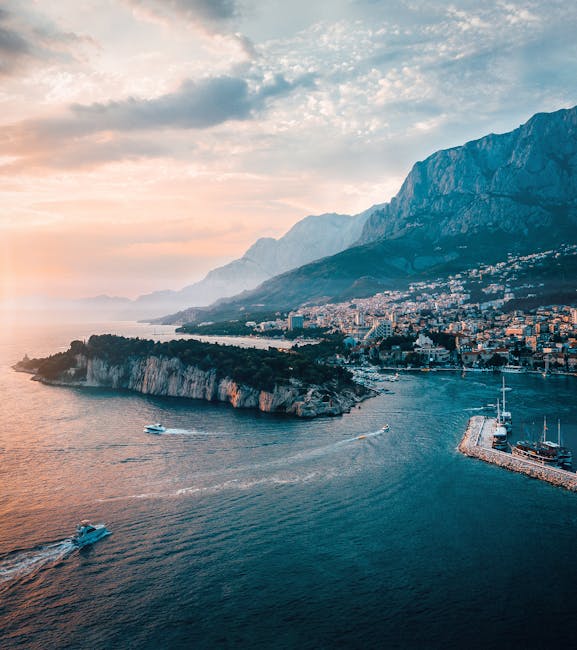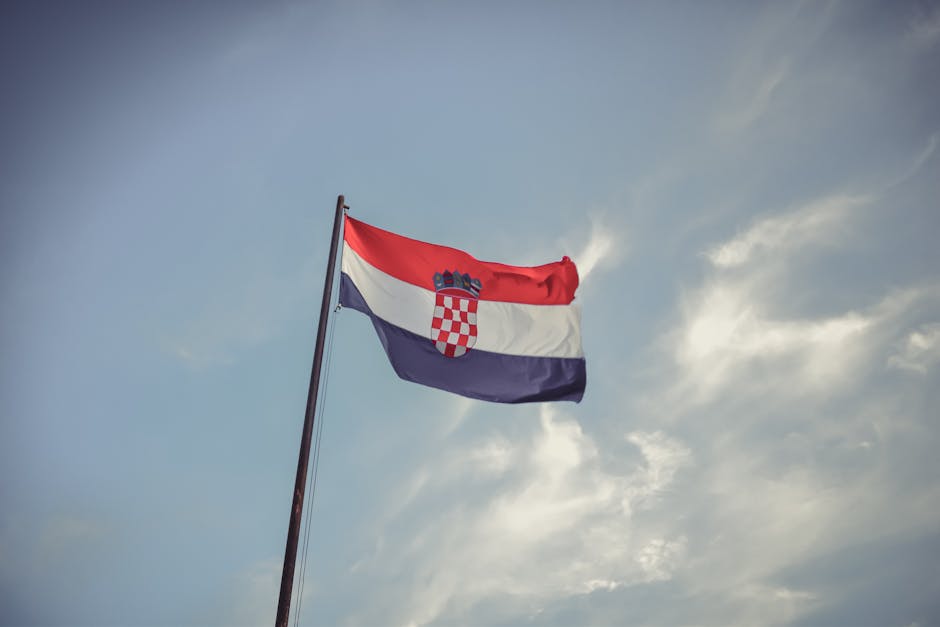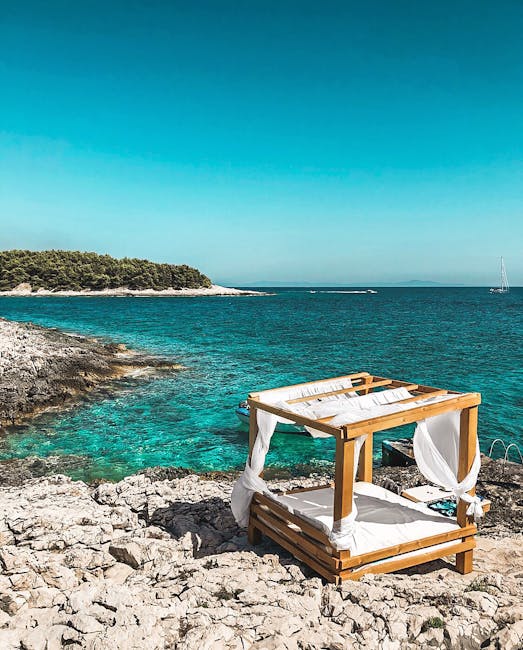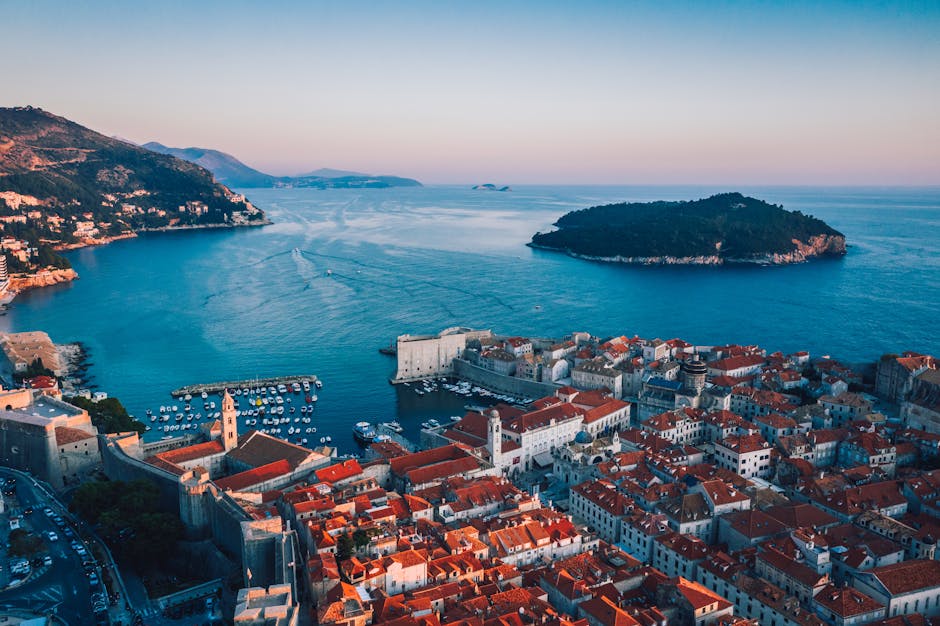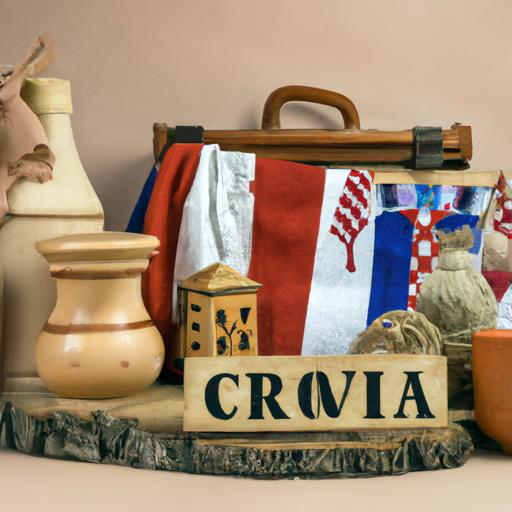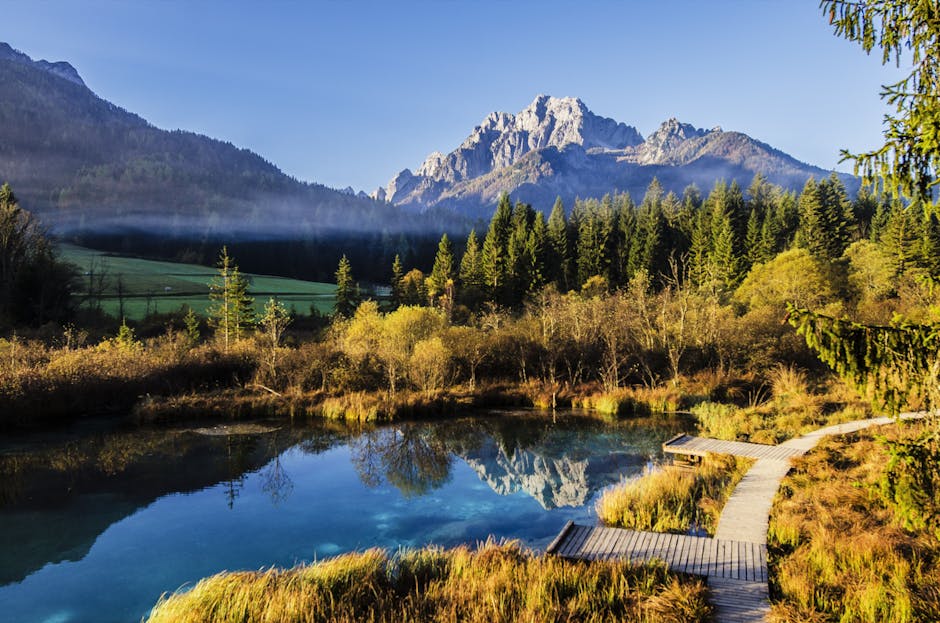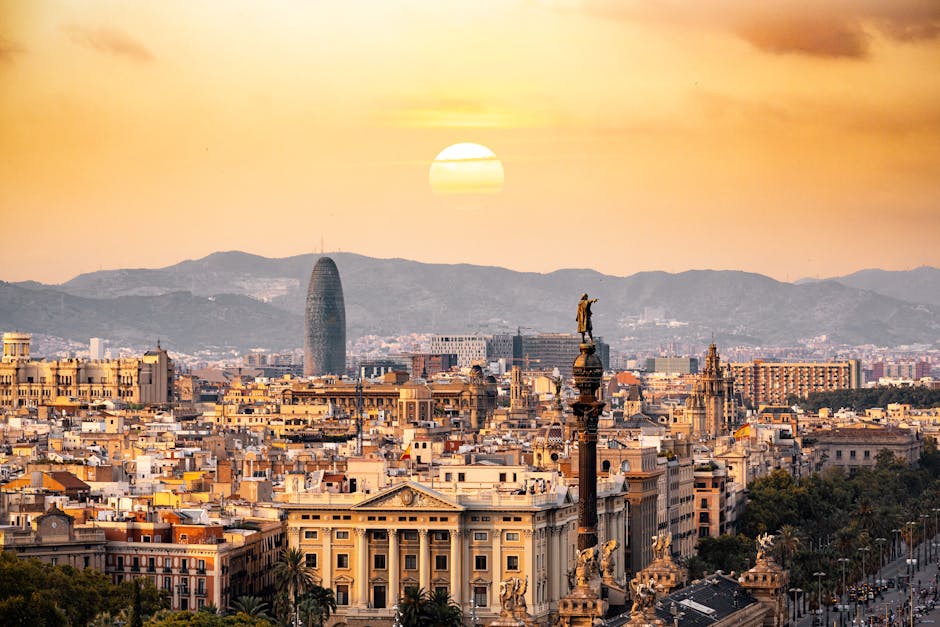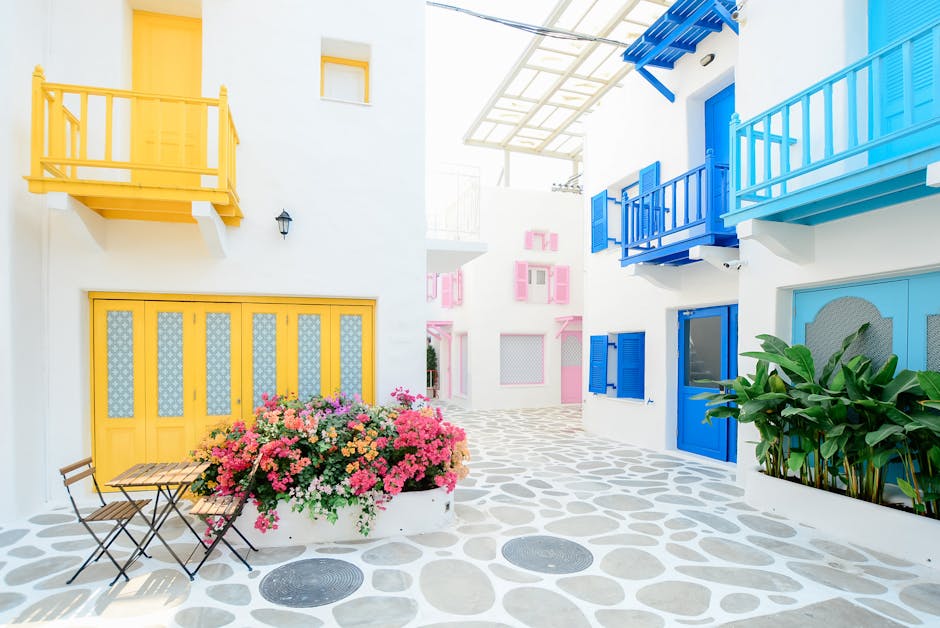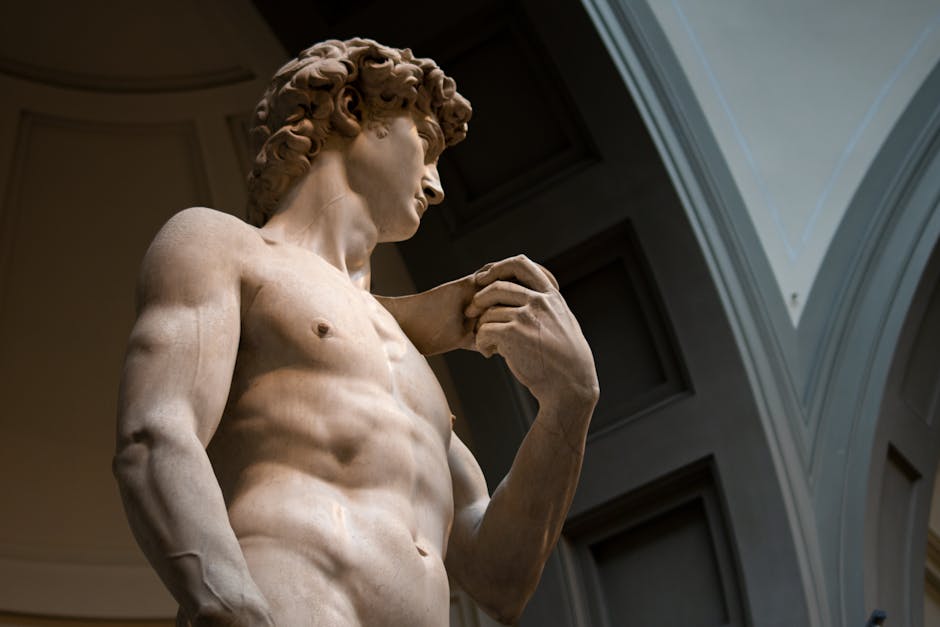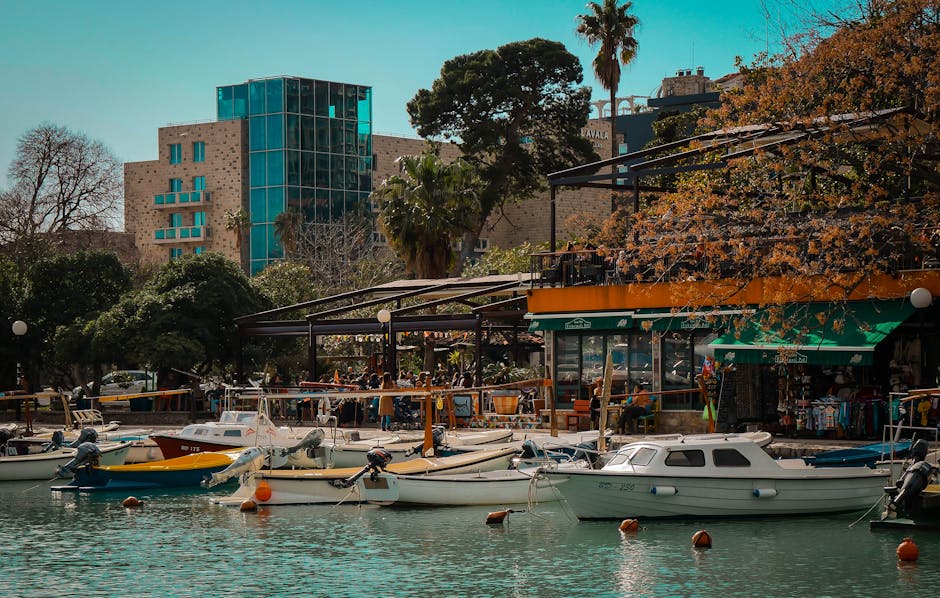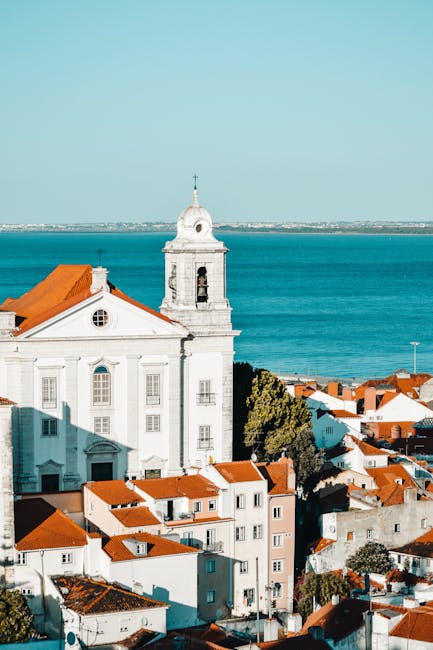Croatia
Overview
Croatia: A Hidden Gem
Croatia, located in Southeast Europe, is a hidden gem known for its rich history, breathtaking nature, and vibrant culture. It's a country that seamlessly combines Mediterranean charm, Slavic liveliness, and European sophistication. Croatia's uniqueness lies in its diversity, from the ancient city walls of Dubrovnik to the stunning Plitvice Lakes National Park; each region offers something different. The country's culture is a mix of many influences, including Roman, Byzantine, and Ottoman. This cultural blend is reflected in its architecture, music, cuisine, and festivals, making it a fascinating destination for young travelers seeking both adventure and education.
Tourism Season and Activities
The high tourism season in Croatia typically runs from July to August, during which the weather is sunny and warm, with temperatures averaging around 30 degrees Celsius. This is the best time to take advantage of the country's stunning coastline and pristine beaches along the Adriatic Sea. There are numerous water activities available such as sailing, snorkeling, and kayaking. For those who prefer land-based adventures, hiking in the national parks or exploring historical sites like Diocletian's Palace in Split or the Pula Arena are must-do activities. Additionally, Croatia hosts various summer festivals, including the world-renowned Ultra Music Festival and the Pula Film Festival, which are sure to provide unforgettable experiences.
Preparation for Travelers
Before traveling to Croatia, it's important for teenagers to prepare adequately. Be sure to pack airy, comfortable clothing for the summer months, alongside a good pair of walking shoes for city tours and hiking excursions. Don't forget essentials like sunscreen, hats, and sunglasses to protect from the sun. As Croatia is part of the European Union, the currency used is the Croatian Kuna, so it's advisable to have some on hand for small expenses, even though credit cards are widely accepted. Lastly, ensure you have travel insurance to cover any unexpected incidents and check with your local health authorities regarding necessary vaccinations or health precautions. A little preparation goes a long way in ensuring your trip to Croatia is smooth and enjoyable.
A Glimpse into the Past
Croatia's history is a rich tapestry woven from diverse cultural influences, strategic trade routes, and tumultuous events that have shaped its identity over centuries. This small yet captivating country, situated at the crossroads of Central and Southeast Europe, boasts a heritage that draws from Roman, Byzantine, Ottoman, and Austro-Hungarian legacies. Understanding this history can greatly enrich your travel experience as you explore its vibrant cities, stunning landscapes, and historical landmarks.
Prehistoric and Ancient Times
Croatia's history dates back to prehistoric times, with evidence of human habitation found in numerous caves, such as the famous Vranjača Cave near Split. The region came under Greek influence as early as the 4th century BC, with settlements established on the Adriatic coast. The ancient Greeks founded cities like Vis and Hvar, which thrived on trade and maritime activities.
By the 1st century BC, the Romans began to exert control over the area, leading to the establishment of the Roman province of Pannonia. The city of Split became a significant urban center, especially known for the Diocletian's Palace, which remains one of the best-preserved Roman monuments in the world. The palace was built by the Roman Emperor Diocletian in the late 3rd century AD and is now the heart of modern Split, attracting visitors with its impressive architecture and vibrant atmosphere.
Medieval Period
Following the fall of the Western Roman Empire, Croatia experienced a wave of migrations, leading to the arrival of the Slavs in the 7th century. By the 9th century, the first Croatian state was established, with its rulers striving for independence and recognition. The Kingdom of Croatia was officially founded in 925 under King Tomislav, who is celebrated for uniting the Croatian tribes and expanding the kingdom's influence.
During the medieval period, Croatia faced pressures from neighboring powers, including Hungary and Venice. In 1102, the Croatian crown was linked to the Hungarian crown, establishing a dual monarchy that would last for centuries. This period saw the construction of many charming medieval towns, such as Trogir and Rijeka, where the architecture and urban layout reflect the fusion of Croatian, Venetian, and Hungarian influences.
Ottoman Rule and the Habsburgs
The 15th and 16th centuries brought significant changes to Croatia as the Ottoman Empire expanded into Europe. Parts of Croatia fell under Ottoman control, resulting in a period of conflict and cultural exchange. Towns like Osijek and Slavonski Brod became important military outposts, while the influence of Ottoman architecture can still be seen today in some regions.
By the late 17th century, the Habsburg Monarchy began to reclaim territory from the Ottomans, and Croatia was incorporated into the Habsburg Empire. This period marked a time of relative stability and economic growth, with cities like Zagreb emerging as cultural and administrative centers. The Habsburgs promoted the construction of Baroque architecture, evident in the grand palaces and churches that adorn Croatian cities.
The 20th Century and the Yugoslav Era
The early 20th century was a time of upheaval for Croatia, as World War I led to the disintegration of the Austro-Hungarian Empire. In 1918, Croatia joined the newly formed Kingdom of Serbs, Croats, and Slovenes, which was later renamed Yugoslavia. Throughout the interwar period, Croatia struggled with political tensions, ethnic conflicts, and economic challenges.
During World War II, Croatia became a battleground between Axis forces and partisan resistance fighters led by the Communist Party. The aftermath of the war saw the establishment of socialist Yugoslavia, with Josip Broz Tito as its leader. Under Tito's rule, Croatia experienced significant industrialization and development, though nationalist sentiments simmered beneath the surface.
Independence and Modern Croatia
The breakup of Yugoslavia in the early 1990s brought about a surge of nationalism and a desire for independence among Croats. In 1991, Croatia declared independence, leading to a brutal conflict known as the Croatian War of Independence. This war left deep scars on the nation but ultimately resulted in Croatia gaining international recognition as a sovereign state in 1992.
In the years that followed, Croatia focused on rebuilding and healing from the war's devastation. The country adopted democratic reforms and pursued integration with European institutions. In 2013, Croatia became a member of the European Union, marking a new chapter in its history and opening doors to greater economic opportunities.
Cultural Heritage and Travel Highlights
Today, Croatia is celebrated not only for its historical significance but also for its stunning natural beauty. The country boasts over a thousand islands, each offering unique experiences. The azure waters of the Adriatic Sea attract sun-seekers, while the coastal towns of Dubrovnik and Split enchant visitors with their medieval architecture and vibrant nightlife.
The ancient city of Dubrovnik, a UNESCO World Heritage site, is often referred to as the "Pearl of the Adriatic." Its well-preserved city walls and stunning vistas make it a must-see destination. Meanwhile, the historic center of Zagreb, with its charming streets and lively atmosphere, offers a glimpse into contemporary Croatian life while showcasing its rich heritage.
For nature lovers, the Plitvice Lakes National Park is a breathtaking destination, known for its cascading lakes and lush forests. Hiking trails meander through this UNESCO-listed park, providing opportunities to witness the country's stunning landscapes firsthand.
In summary, Croatia's history is a compelling narrative of resilience, cultural fusion, and transformation. The echoes of its past resonate in its architecture, traditions, and the spirit of its people. Whether exploring ancient ruins, wandering through medieval towns, or basking on sun-kissed beaches, travelers to Croatia will find themselves immersed in a country that proudly embraces its rich heritage while looking towards a promising future.
Top cities for tourists in Croatia
Discover the Famous Cities That Might Captivate Your Interests
Must-Try Foods You Can't Afford to Miss
Indulge in a Variety of Fantastic Foods During Your Stay in Croatia
May Be Your Next Destinations
People often choose these countries as their next destination


